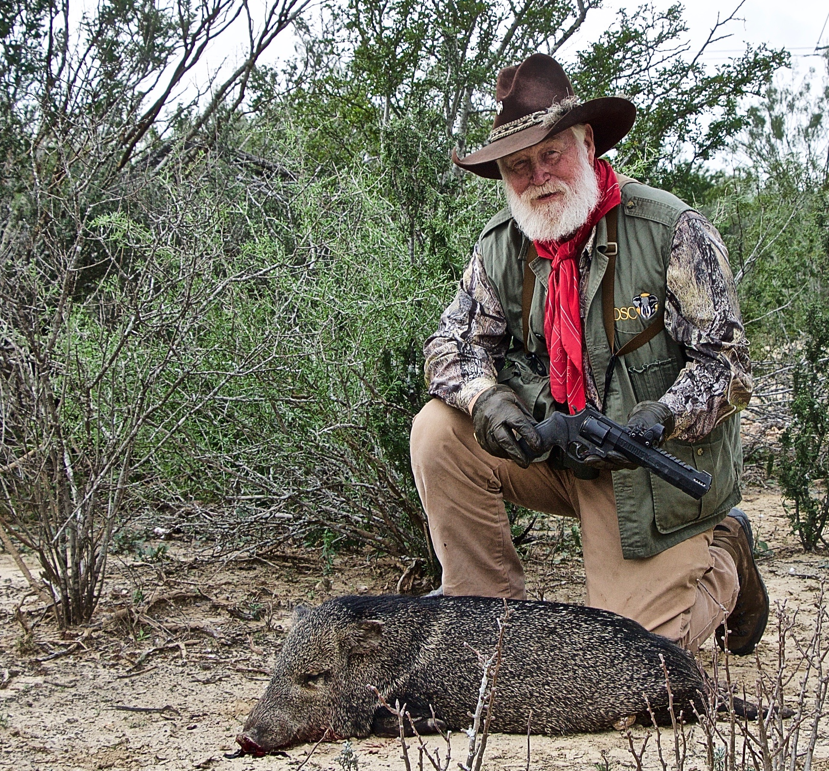Michigan
It’s always exciting to catch a rare find on a game camera. For the Upper Peninsula wildlife biologists, their cougar capture was one of those exciting moments.
Since 2009, their game cameras have captured over three million images, but this is the first cougar. The Oct. 1 image is one of 38 confirmed observations since 2008.
However, the DNR reminds the public that this statistic does not mean that 38 cougars are roaming around the Michigan wild. There is no known, active breeding population in the state.
Some of the observations are of the same males passing through or looking to establish new territories. Two of the most detailed observations came from poached carcasses, one from 2013 and one from 2016 that were found and tested to be from a traveling population around the South Dakota, Wyoming and northwest Nebraska area.
Despite being native to the state, cougars are rare in Michigan and are protected as endangered species.
Utah
Wildlife officials in Weber County, Utah, shot a nuisance cougar after various residents reported pet and livestock losses in the Nordic Valley area.
However, another resident lost two goats after the shooting, so some residents questioned whether the wounds had not been fatal for the cat. After investigations confirmed two sets of cougar bite marks, wildlife officials plan to euthanize a second cougar if it is found since relocating is not a viable option.
Oregon
Debates over cougar management are rising in Oregon as the state is still making sense of the first fatal cougar attack ever recorded in the state. A woman was attacked while hiking alone near Mount Hood in September. Despite the family’s attempts to keep the death from becoming a political tool, the incident is coming up in the discussions of hunting effectiveness, including a fiery October forum.
However, fatal cougar attacks are so rare that there is little data to support increasing or decreasing hunting quotas after these incidents. A lot of the arguments stem from residents’ lack of trust in state management reports.
Sources: Michigan DNR, Fox Salt Lake City, and Oregon Public Broadcasting



